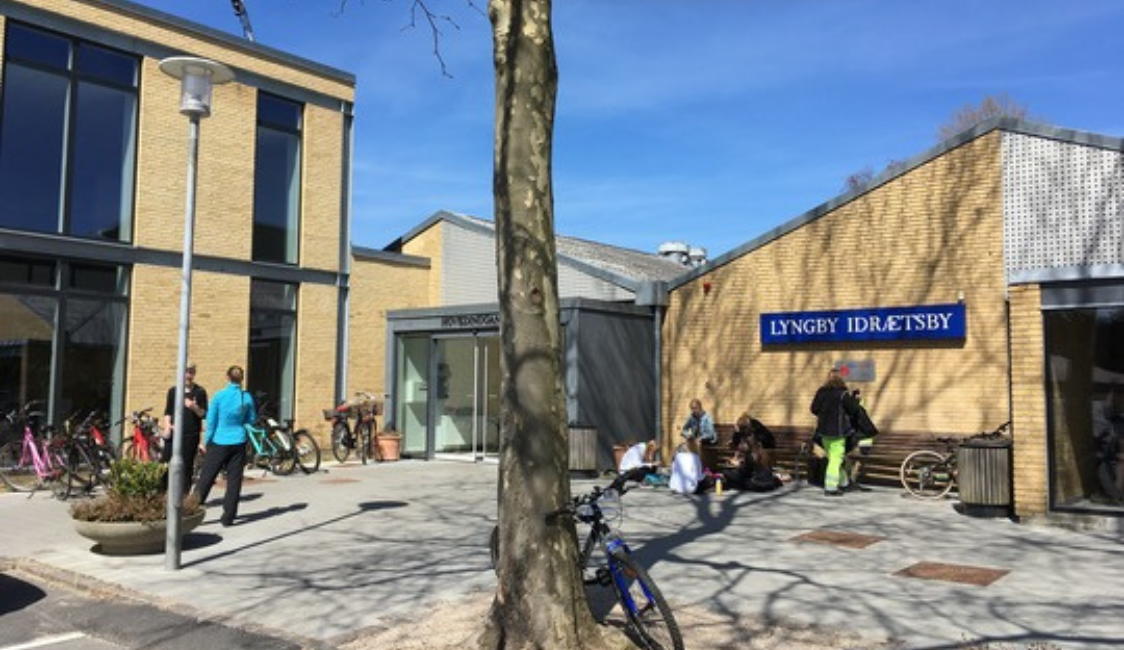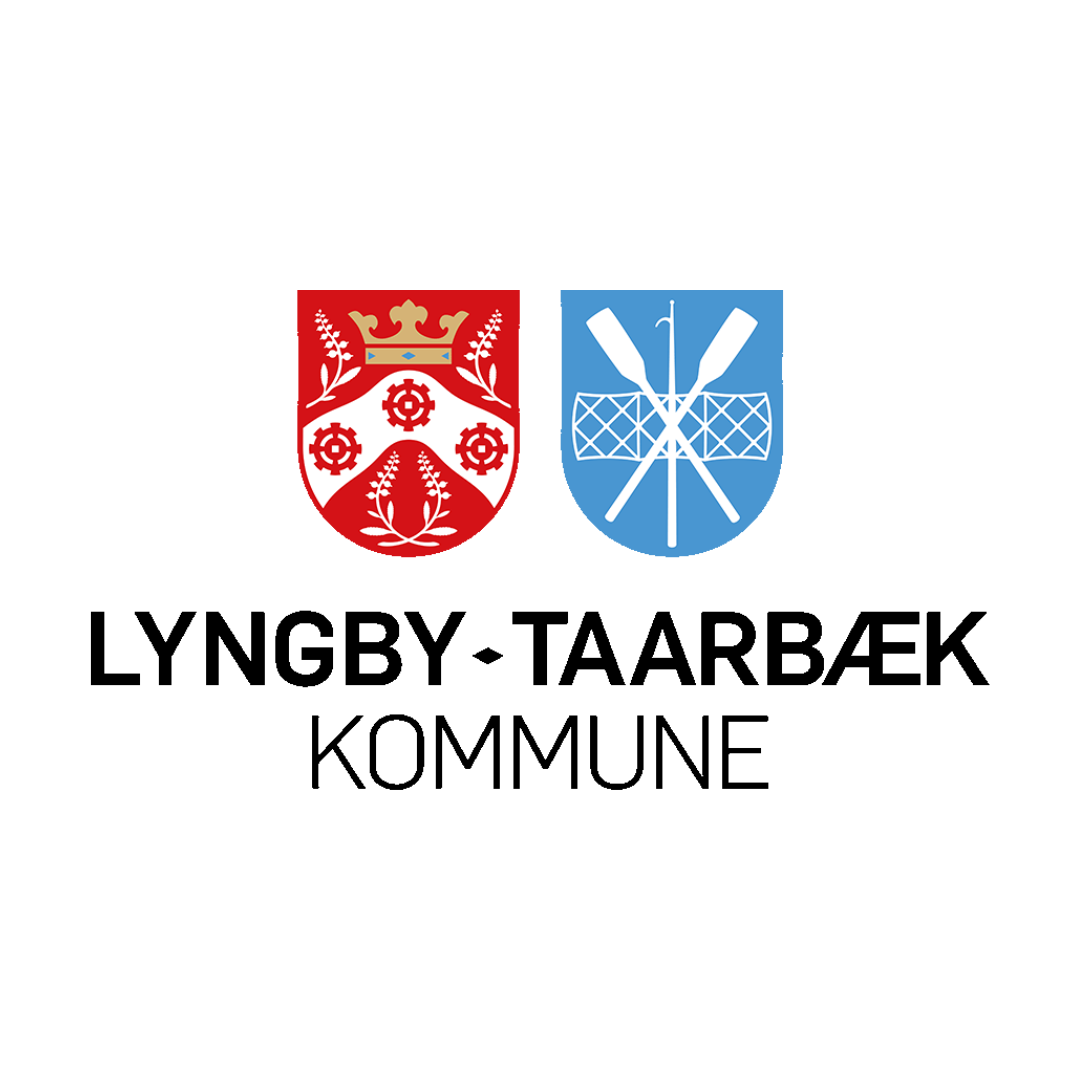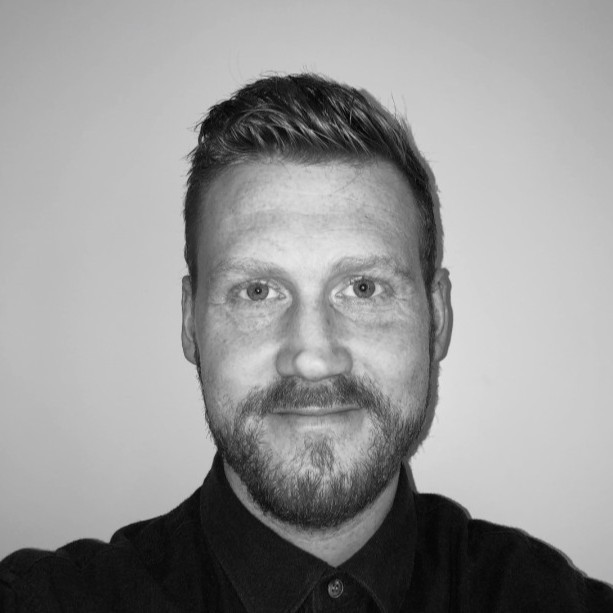
Lyngby Taarbæk Council
- Optimisation of the utilisation rate of the council’s sports facilities.
- Culture and leisure
- 2021-2022
- Denmark
Lyngby-Taarbæk has optimised the use of hall times markedly
Lyngby-Taarbæk Council with nearly 60,000 inhabitants and many athletes has succeeded in increasing the utilisation rate of its sports facilities with 10 percentage points in a mere year.
Lyngby-Taarbæk Council has, with a population just under 60,000, many athletes. That translates to a large run on the sports facilities of the council. In 2021, it was therefore decided to act on what was really already known: The calendar had holes, and there were unused hall and pitch bookings. The monitoring of facility activities was ordered, and the data afforded a valuable knowledge, which has since been transformed into concrete initiatives.
Too few facilities
Sports such as football, handball, and badminton are particularly popular. This means that every spring, a large run on the facilities when the reservations are allocated by Lyngby-Taarbæk.
“Our primary challenge is that we have too few facilities compared to the demand. We have clubs with long waiting lists, but we simply do not have times to offer them. It is a jig saw every year,” says Jakob Kloster Pedersen, project manager, Lyngby-Taarbæk Council.
Too many sources of error
According to Jakob Kloster Pedersen, it was a frustration situation for all parties. Not least, because it was known that there were holes in the use of the council’s facilities.
“We knew there were facilities which wasn’t being used, but we lacked a factual basis to act upon.”
The hall staff had often observed that users had not shown up for a booked time. Years back, a manual count was done for a period, but it is time-consuming, and does not always provide a precise picture.
“Such a count has inherent error sources and is just a snapshot in any case. This means that we have not been able to use it in the allocation work or to make decisions upon it,” Jakob Kloster Pedersen says.
Born from an ambition that the council’s facilities should be utilised as best as possible, it was decided in 2021 to focus on the area.
Mapping of activity with HallMonitor
HallMonitor was installed and the work was systemised to gather, collate, and processing the data HallMonitor made possible to access. There were several good reasons for this, according to Jakob Kloster Pedersen.
“In relation to our citizens, it was our hope that we with the help of data could gain an overview of non-attended reservations. Rather than being wasted, the times could be used to support even more people.”
“Compared to the operations of the council, it was also highly relevant to map whether there were facilities which stayed open without being used, and whether that money could be better spent somewhere else. Prior to the project, the council lacked the same data and knowledge level to base decisions upon,” says Jakob Kloster Pedersen.
Less waste more play
Under the header of “Less waste more play”, the work began with systematic gathering of date in a period of 16 weeks. Among other things, it turned out that more than 7 out of 10 booked times was not attended, which certainly did not harmonise with the council’s challenges of supporting the local clubs.
“The project was revealing and confirmed our assumption that there were unutilised bookings. It might be because the trainer was sick, or that there was a game during the weekend, and therefore the Thursday training was cancelled. But because there was no formalised culture to unbook, it has not happened, and the bookings have gone to waste,” Jakob Kloster Pedersen explains.
Important dialogue with the users
Jakob Kloster Pedersen and the other employees of the council department has since the monitoring begun gained factual data to base decisions upon.
A concrete measure born from the project is that on a weekly basis there is follow-up on various clubs. If they do not use a booked time, they receive an email. If there are several non-attendances, the department contacts the club, who in the worst case can lose their reservations.
“So far, the problem has been that there was no system in place, and no follow-up. There is now. We are able to get into a dialogue with a given club on a concrete basis, and the dialogue with the users is essential to achieve real change. In fact, it has turned out that the oversight has made it possible for large clubs with many members to optimise the use of times because they have become aware that there are unused times,” says Jakob Kloster Pedersen.
Measurable effect
Jakob Kloster Pedersen also believes their work to be done in the school area, where a lot of wasted time has shown to be.
The schools have a different framework and needs than the usual leisure users, which is why wasted time is to be expected. The time wasting can be minimised, though, by looking closer at the schools’ real need for hall times. And here, a focus on reporting changes is needed, if for instance a project week, exams, and the like are taking place. That kind of fluctuations we are focusing much more on.
With the work to date, the utilisation rate is already up with 10 percentage points on various sports facilities in the period from 2021 to the end of 2022.
In addition, the use of data ensures an improved and more fair allocation, and if it turns out that a club only uses four times out of five booked, they will only be allocated four.
“We have gained a far better basis for both allocation and corrections, and if you as a citizen go to Wannasport – a portal where you can see available times – there are even primetime times to find, and not solely the less attractive times Saturday evening and Sunday afternoon”.
Optimisation and better utilisation of shoulder times
The concrete experiences are now to be embedded so they became part of the daily routines, but this is not where it ends.
The goal is to become even better – for example at communicating available times. That could be during the Christmas or summer holidays where the activity often slumps.
The first step has been to map the available capacity. The process of better utilisation of the shoulder times after 9 pm or early Saturday morning, where very few people have the energy to do club sports is also ongoing.
“That challenge clearly requires us to think out of the box. Among other things, we have tried “open hall” arrangements and inviting private citizens, and we will experiment with more such measures, so that new user-groups hopefully become aware of what we can offer”.


Curious to hear more?
+45 9395 9388
contact@hallmonitor.eu
Mon-thursday 8 am to 4 pm.
Friday 8 am to 3 pm

